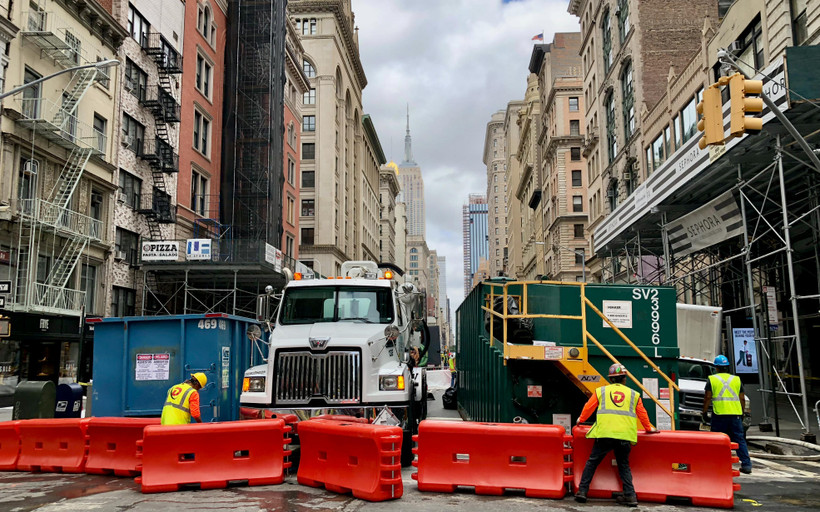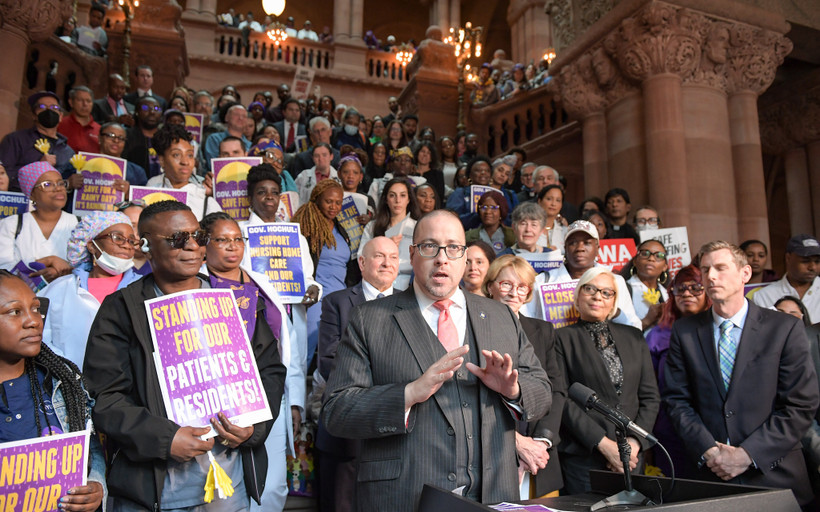New York’s Excluded Workers Fund is Running Out of Cash
Tens of thousands of undocumented workers could be left out. Advocates are pushing to add more funds.
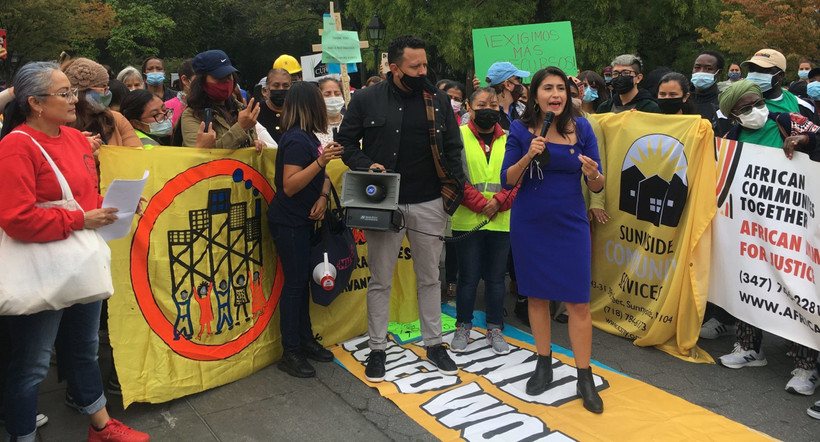
Update: On October 8th, two days after this article was originally published, the New York State Department of Labor stopped accepting new applications for the Excluded Workers Fund.
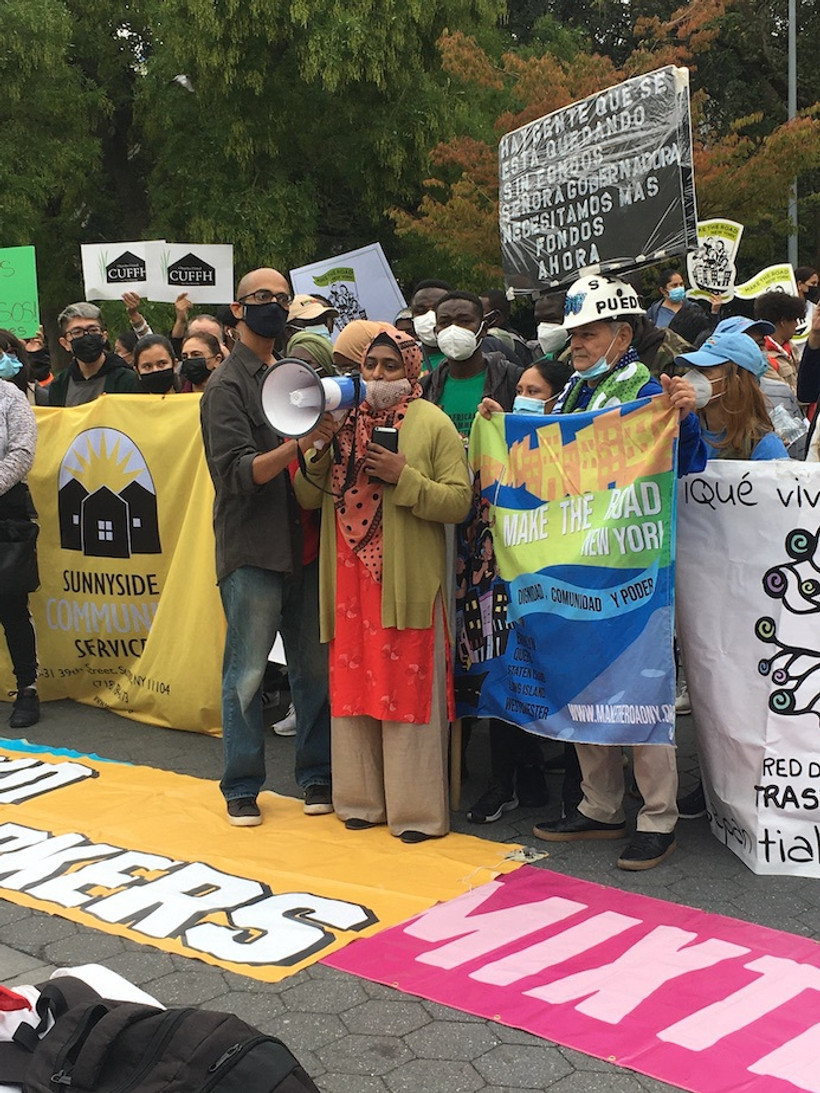
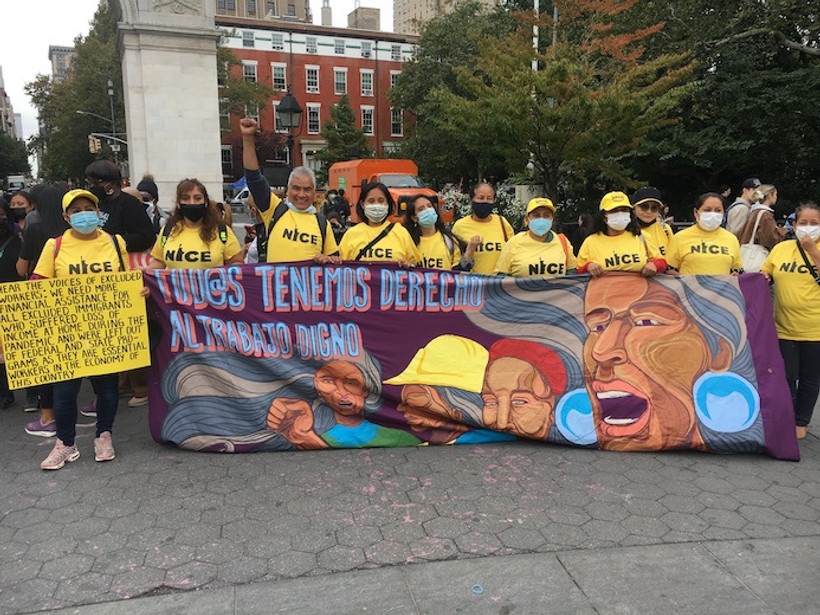
This article has been updated to clarify proponents’ estimates of how much expanding the fund to cover all eligible applicants could cost.

Low-wage manual laborers can sue to make their bosses pay them weekly. Hochul’s late-breaking budget addition may undermine that right.
New York’s transparency watchdog found that the ethics commission violated open records law by redacting its own recusal forms.
New York has one of the weakest consumer protection laws in the country. This year’s state budget may change that.
Hochul’s proposed Medicaid cuts include $125 million from Health Homes, a program that connects the neediest New Yorkers with medical care, food assistance, and more.
One in five kids in New York live in poverty. Legislators are pushing Hochul to fulfill her promise to cut that rate in half.
The Assembly and Senate want to beef up labor standards and farmland protections for clean energy projects. Developers say that would slow down the energy transition.
As real estate developers resist wage guarantees and try to roll back tenants’ rights, a potential budget deal is at an impasse.
As the state legislature considers a bill to change warranty payments, unions join their bosses to make car companies pay more.
As the relationship was coming to light, Heastie returned $5,000 in campaign cash to a labor group from which he’d recused himself.
